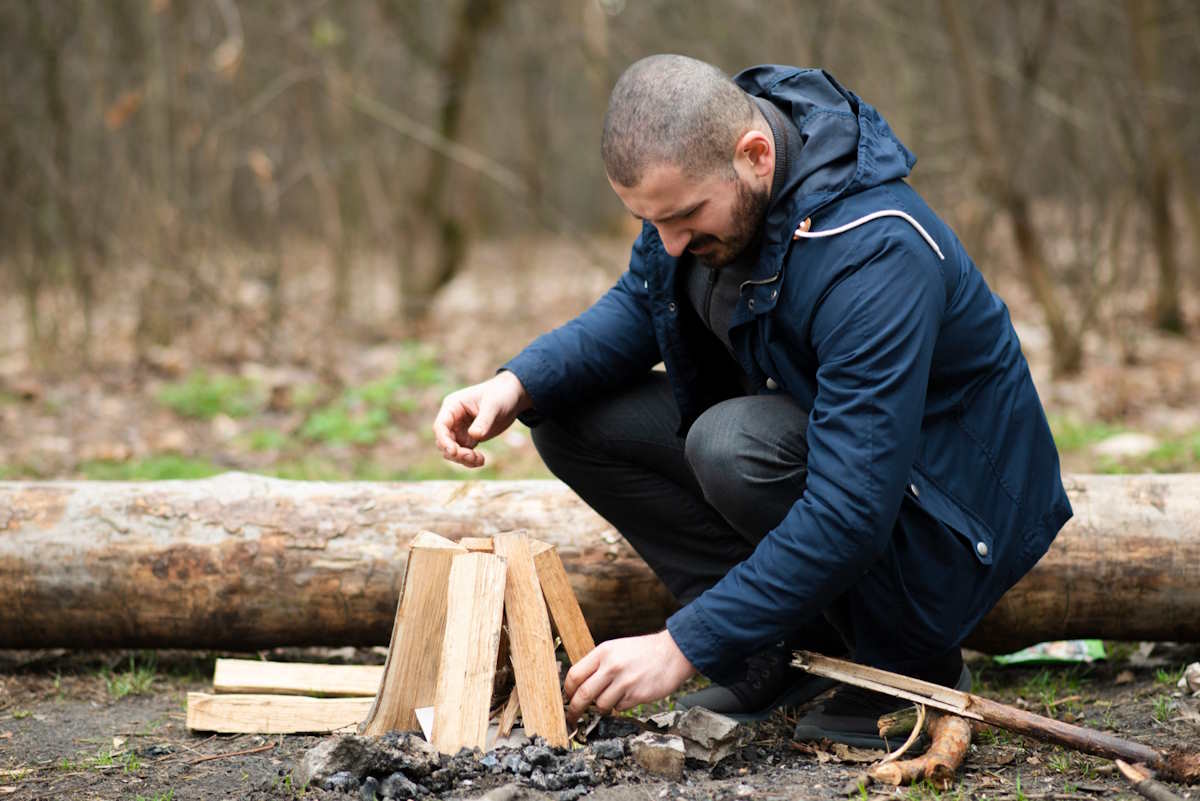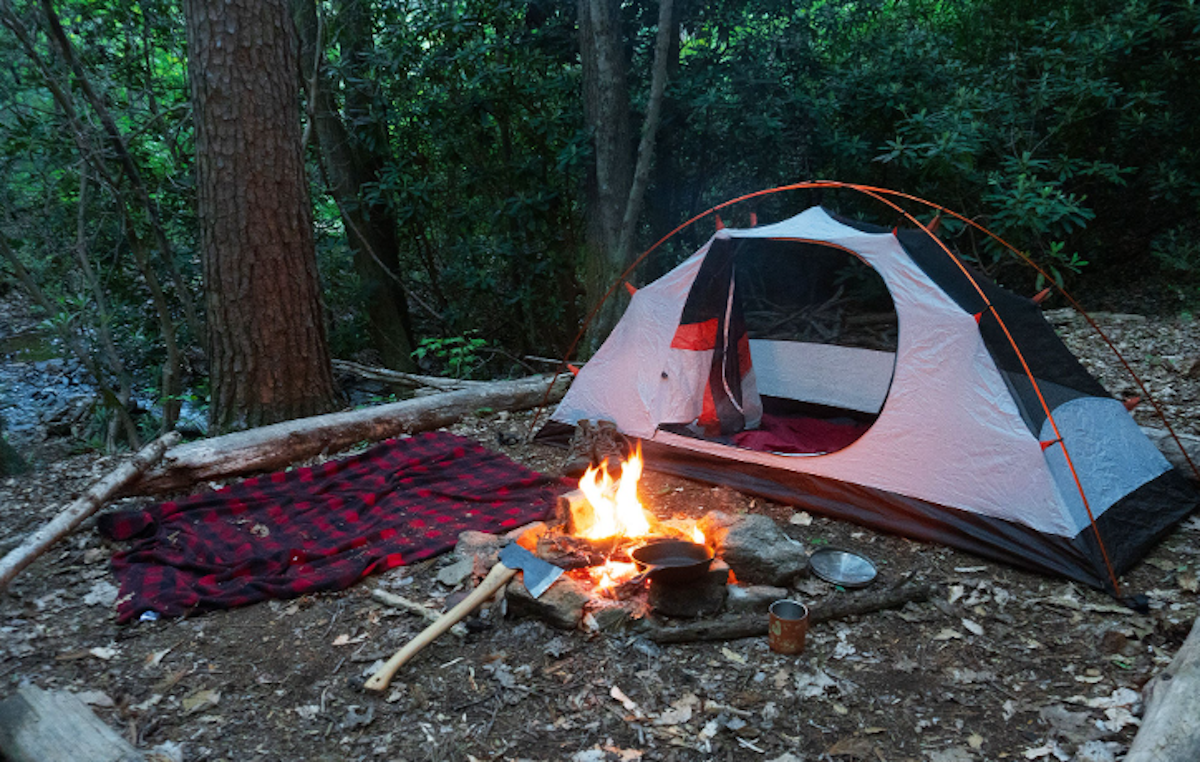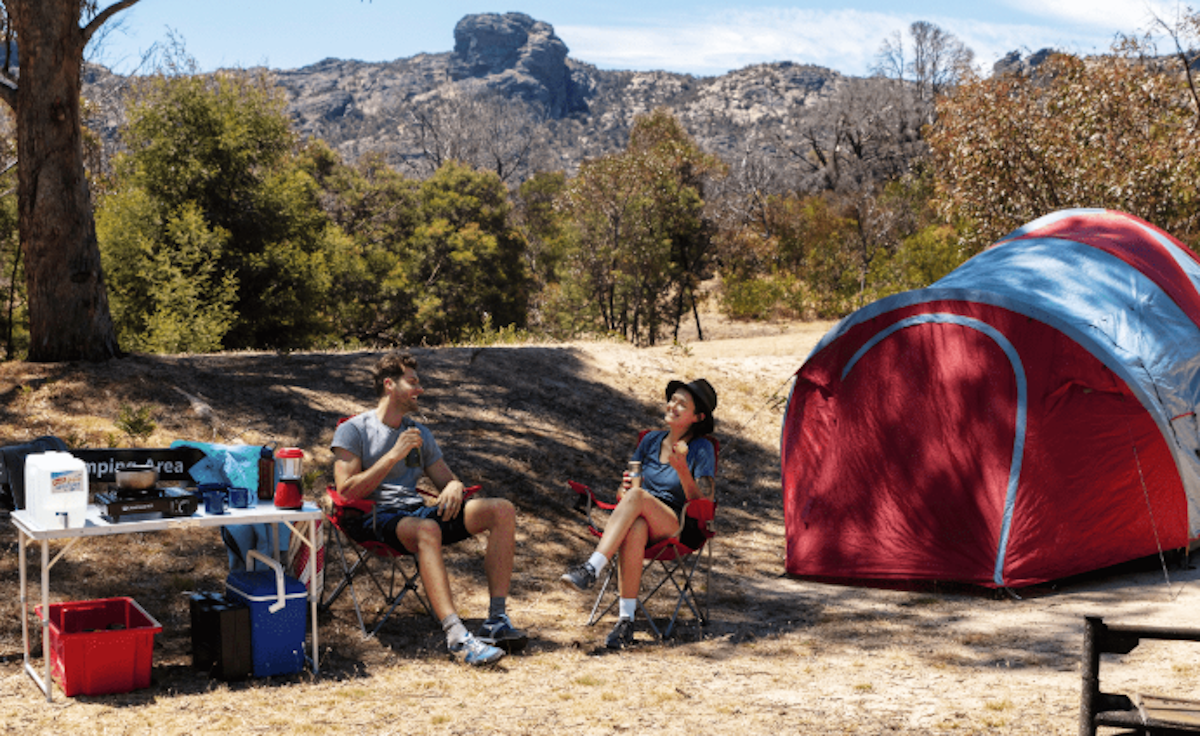Wilderness Survival Skills for Beginners: A Family Guide
The wilderness can be both awe-inspiring and unforgiving. For families venturing into nature or preparing for emergencies, mastering “Wilderness survival skills for beginners” is essential. These skills ensure safety, build confidence, and foster a deep connection with nature. This guide explores essential wilderness survival skills, practical applications, and real-life examples of how families can utilize them effectively.
Why Wilderness Survival Skills Are Important
Preparedness for Emergencies
From natural disasters to unexpected outdoor adventures, wilderness survival skills prepare families for unforeseen challenges.
Fostering Independence
Learning these skills fosters self-reliance and teaches families how to sustain themselves in the absence of modern conveniences.
Strengthening Family Bonds
Practicing survival skills together enhances teamwork, trust, and resilience within families.
Essential Wilderness Survival Skills for Beginners
1. Finding and Purifying Water
Why It’s Crucial:
Water is the cornerstone of survival. Dehydration sets in quickly, especially in wilderness settings, making access to clean water a top priority.
How to Do It:
- Finding Water: Look for natural sources like streams, rivers, or dew on plants. Digging near greenery or dry riverbeds may also yield water.
- Purifying Water: Boil water to kill bacteria and viruses. Use portable water filters or purification tablets for convenience.
Family Application:
During a hiking trip, a family finds a small stream but notices murky water. Using their portable water filter, they safely hydrate and continue their journey without falling ill.
2. Building a Shelter
Why It’s Crucial:
A good shelter protects against harsh weather conditions, predators, and other environmental dangers.
How to Do It:
- Use available materials like branches, leaves, and tarps.
- Choose elevated ground to avoid water pooling.
- Build wind-resistant structures like lean-tos or A-frame shelters.
Family Application:
Caught in an unexpected rainstorm, a family constructs a temporary lean-to shelter using a tarp and fallen branches, staying dry until the storm passes.
3. Starting a Fire
Why It’s Crucial:
A fire provides warmth, light, and a means to cook food or signal for help.
How to Do It:
- Use waterproof matches, a lighter, or a ferro rod.
- Gather dry tinder such as twigs, leaves, or bark to ignite the fire.
- Gradually add larger sticks and logs to sustain the flame.
Family Application:
During an overnight camping trip, a family starts a fire to cook their meal and keep warm, boosting their morale and enhancing the experience.
4. Navigating Without GPS
Why It’s Crucial:
Getting lost is one of the most common dangers in the wilderness. Knowing how to navigate ensures families find their way safely.
How to Do It:
- Use landmarks like mountains or rivers as reference points.
- Read a compass or map to determine direction.
- At night, use constellations like the North Star for guidance.
Family Application:
While exploring an unfamiliar forest, a family uses their compass and map to retrace their steps back to their campsite, avoiding panic and unnecessary risks.
5. Foraging for Edible Plants
Why It’s Crucial:
In survival scenarios, foraging offers an essential food source when supplies run out.
How to Do It:
- Identify edible plants using field guides or memory.
- Avoid plants with unfamiliar features, as they may be toxic.
- Focus on berries, nuts, and greens commonly found in the region.
Family Application:
During an extended wilderness retreat, a family supplements their meals by foraging for wild berries and nuts, ensuring they have enough energy to sustain their activities.
Real-Life Applications of Wilderness Survival Skills
Example 1: A Family Camping Adventure
A family decides to go on a week-long camping trip in a national park. On the third day, an unexpected storm disrupts their plans. Using their shelter-building and fire-starting skills, they create a safe and warm environment to wait out the storm, transforming a potentially hazardous situation into a bonding experience.
Example 2: Stranded After a Hike
A family hiking in a remote area loses their way and faces the prospect of an unplanned overnight stay. Using their navigation skills, they identify their position on a map, find a nearby water source, and build a fire for warmth. Their preparedness and teamwork help them stay safe until rescuers arrive.
Tips for Practicing Wilderness Survival Skills as a Family
Start With Day Trips
Practice essential skills during short outings before attempting extended trips.
Take Workshops and Classes
Enroll in wilderness survival courses to learn from experts.
Make It Fun
Turn learning into a game by awarding points for skills like fire-starting or shelter-building.
Conclusion: Empower Your Family with Survival Skills
“Wilderness survival skills for beginners” provide families with the knowledge and confidence to thrive in nature or during emergencies. By practicing these skills and staying prepared, families can transform challenges into opportunities for growth and bonding. Start your survival journey today and unlock the endless possibilities of the great outdoors.




